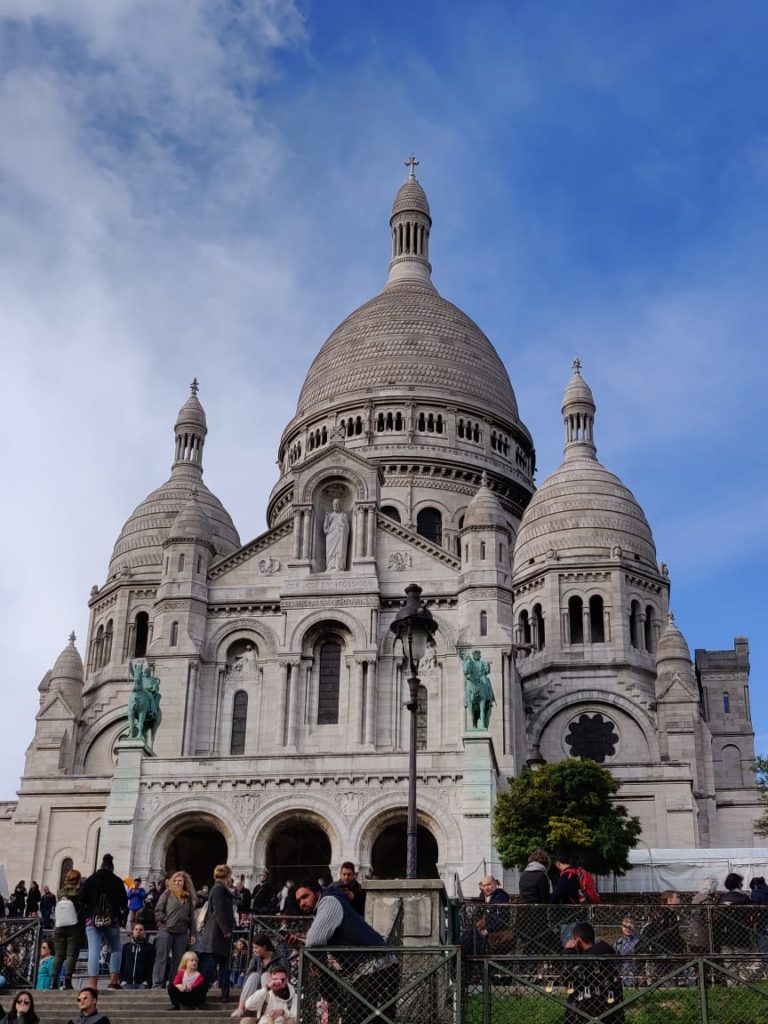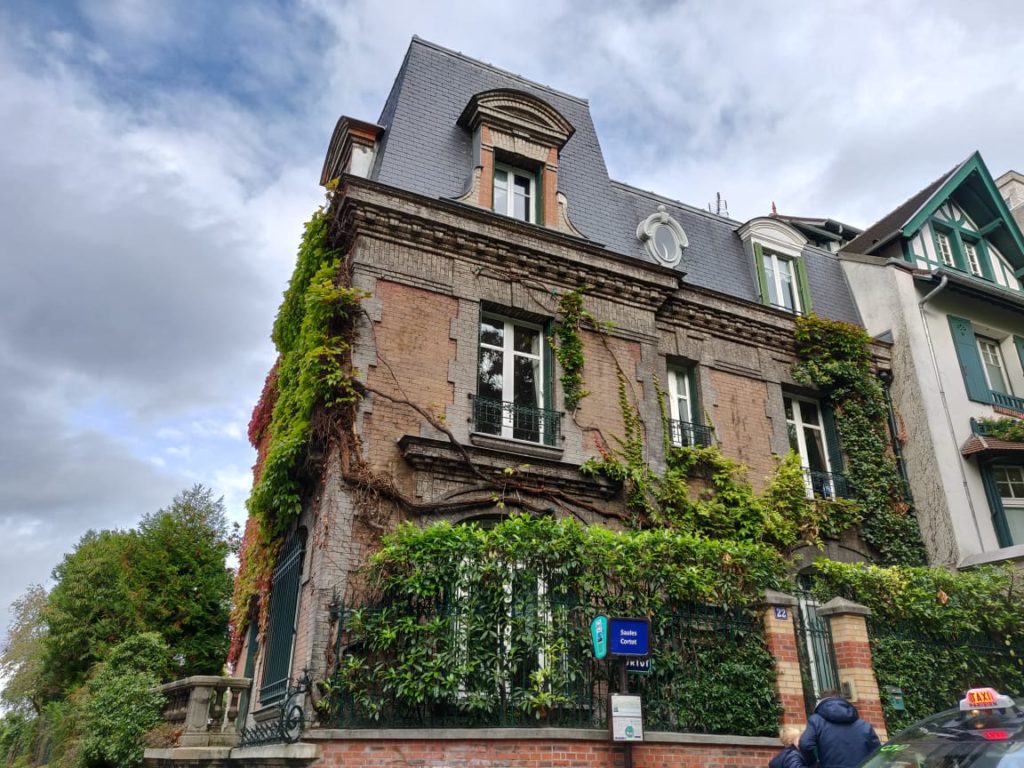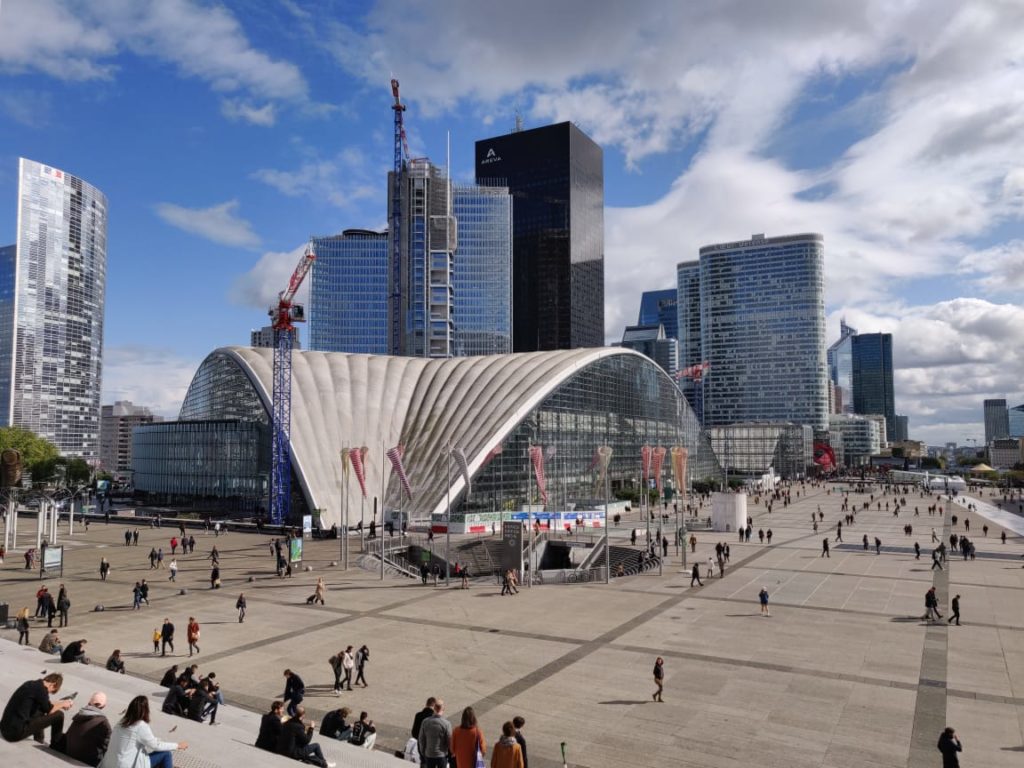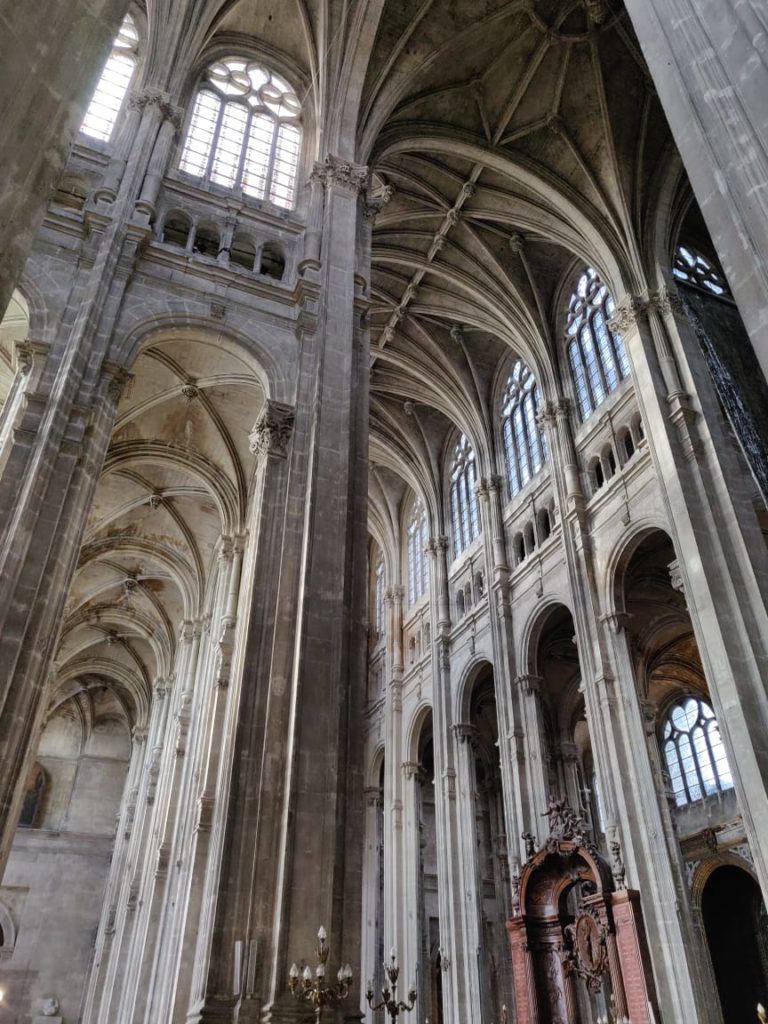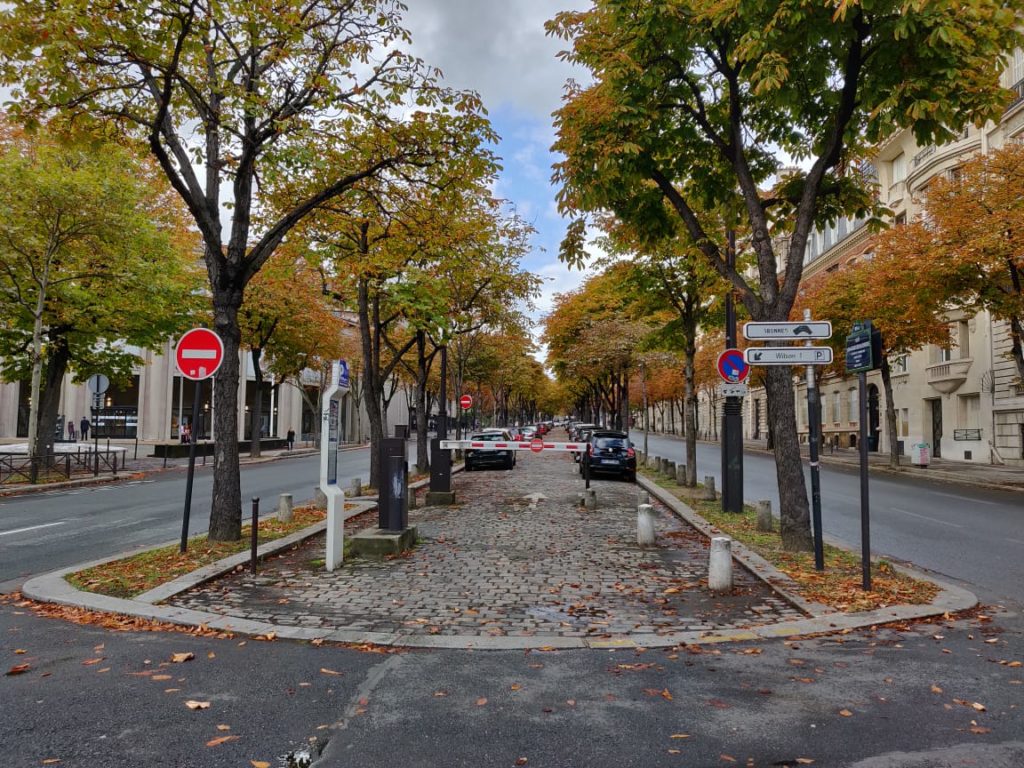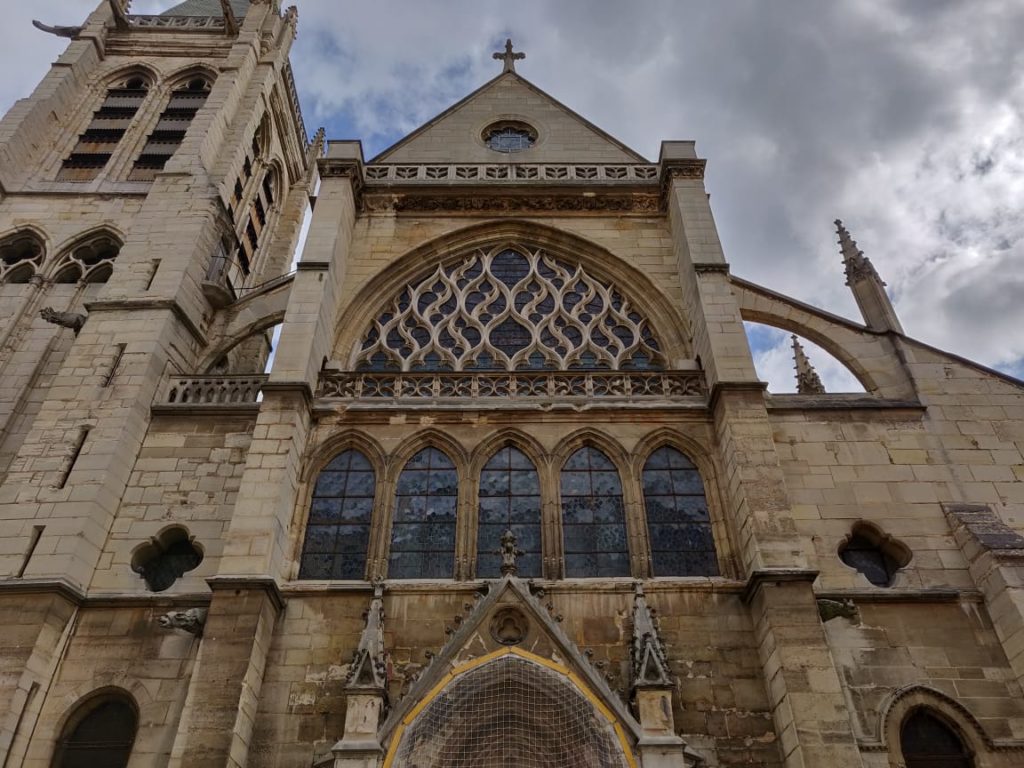A city rich with stories, Paris stores within it, a treasure of history. One of the largest cities in Europe during the Middle ages, Paris was the epicenter of religion and trade. The birthplace of Gothic Architecture and home to several architectural treasures of the ancient and modern World, Paris was struck by catastrophe when the Bubonic Plague hit in the 14th century. The once prosperous city was in shambles, ridden with disease and the stench of decaying bones. War struck for hundred years, no less, during which the city was occupied, looted and ravaged. In the midst of all of this, the Protestants and the Catholics waged war in the name of God.
However, Paris fought back, re-emerging as the new intellectual capital – the destination for arts and fashion. In the 19th century, Napolean I undertook the transformation of the city – sowing the architectural seeds then which glorifies the city today. Georges-Eugene Hausmann, resurrected Paris; a rising phoenix from the ashes; by rebuilding the heart of Paris through 1852 – 1870 with wide new avenues, squares and parks. He sought to aerate, unify and beautify Paris. It was Hausmann, who introduced the famous French Windows in Paris, an architectural feature for which the city is famous and which is now used Worldwide. Hausmann also called all designers to use the locally available stone, called the Lutetian stone or the Paris stone, which gives the buildings in the city, the famous golden yellow color.
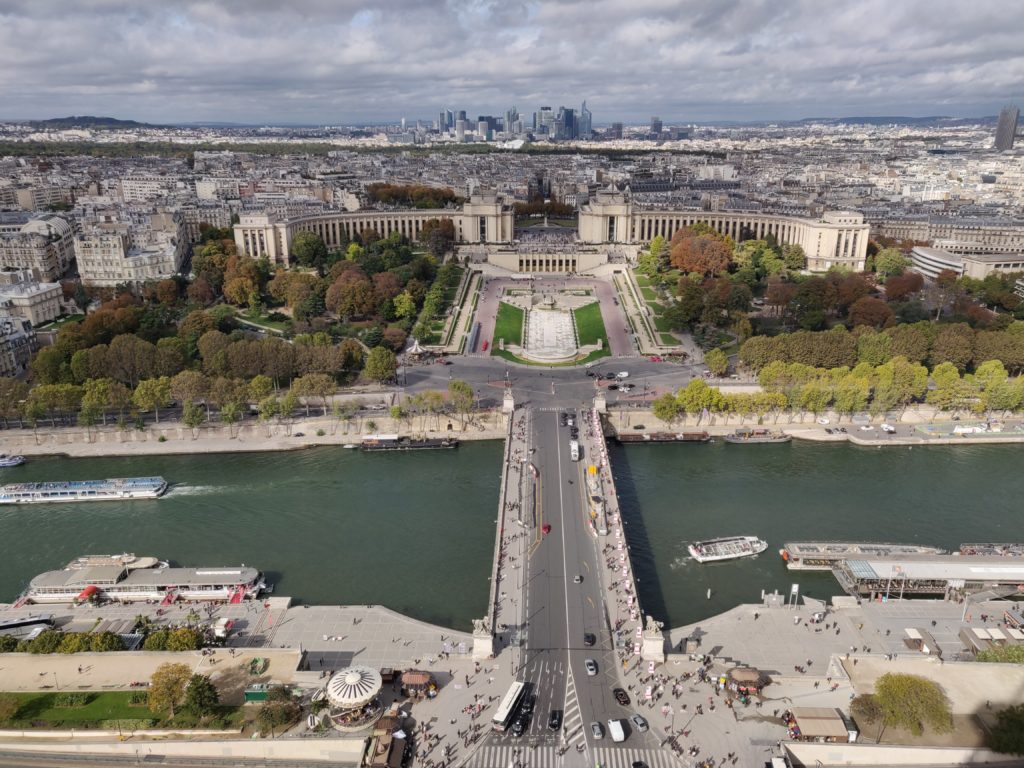
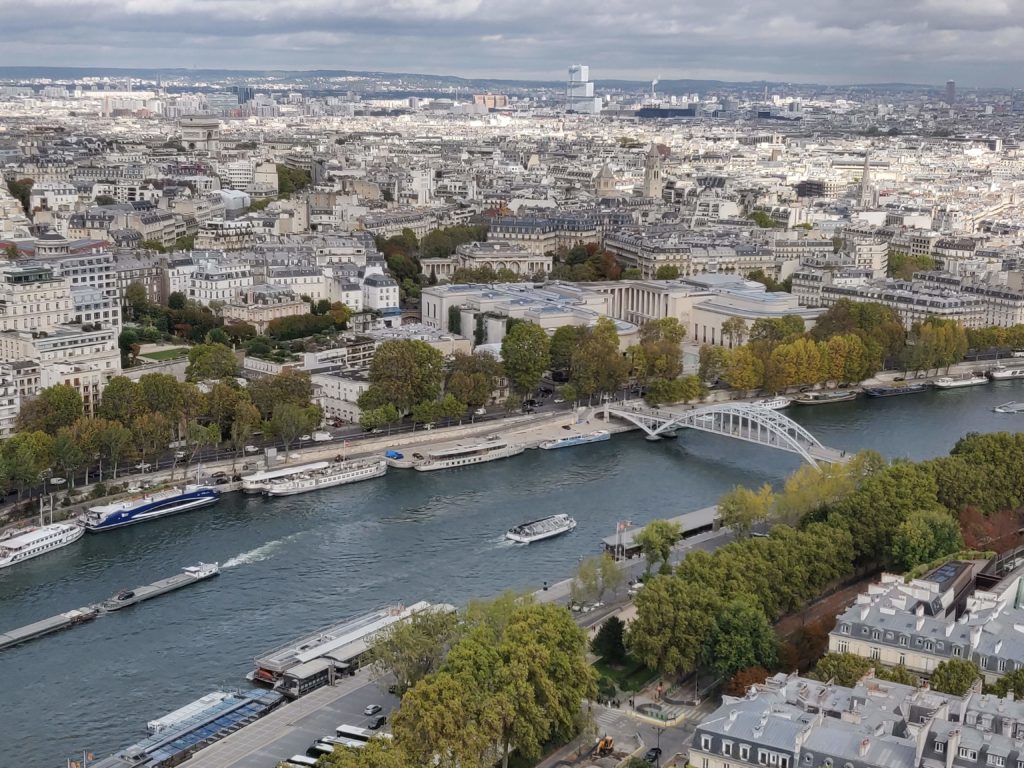
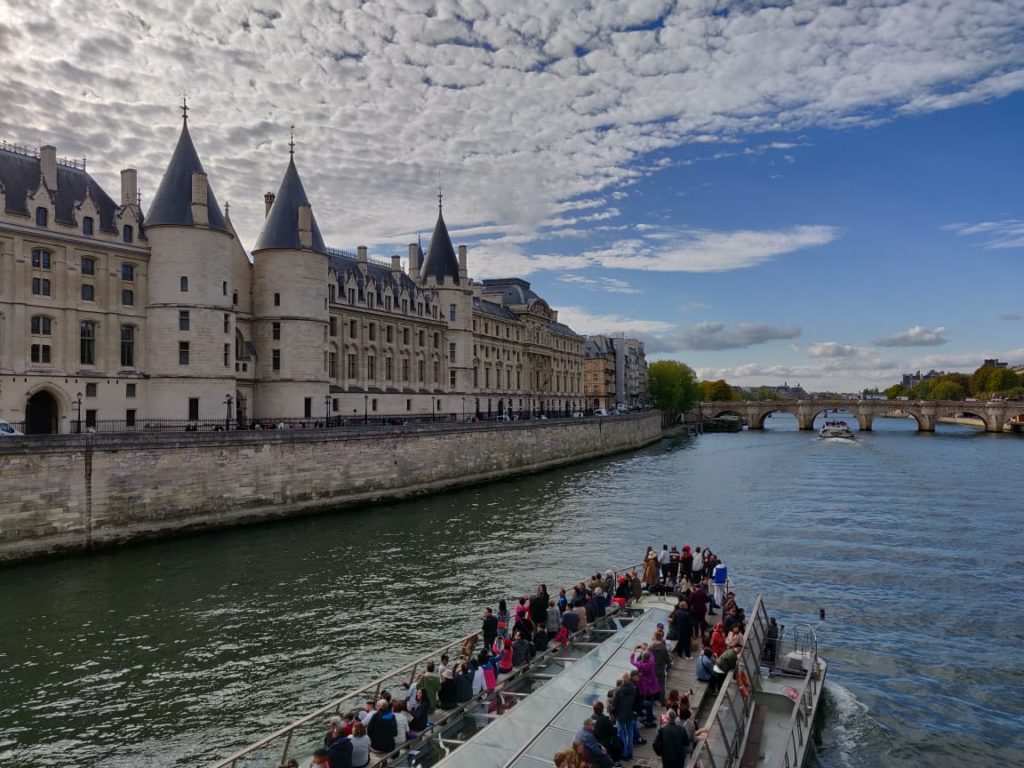
After this re-birth, Paris was caught in violence again in the World War I and was occupied by Germany from 1940 -44 in World War II. Still a distinguished city with patrons for art, literature and architecture, Paris soon freed itself from the clutches of war, pressing the reset button yet again and opened its doors to change – to welcome Modernism – in mind and in built. The ever changing nature of the city and it’s superpower to reclaim and re-use what once has been, to restore former treasures and re-establish supremacy is what makes Paris – a recurring palimpsest.
The city of Paris, with it’s wide avenues contrasting to it’s narrow lanes in the old village bits, the shiny new surfaces reflecting the buildings of the past and the contemporary stories mixing with the ancient folklore, it has a character, a story to tell. The difference in eras can be observed if one takes a walk through the city, the new and the old complementing each other with grace. The La Defense area of Paris, with it’s tall shiny office buildings and the Grande Arch which faces the Arch de Triumphe, one of the oldest gates in the city, highlights this phenomenon.
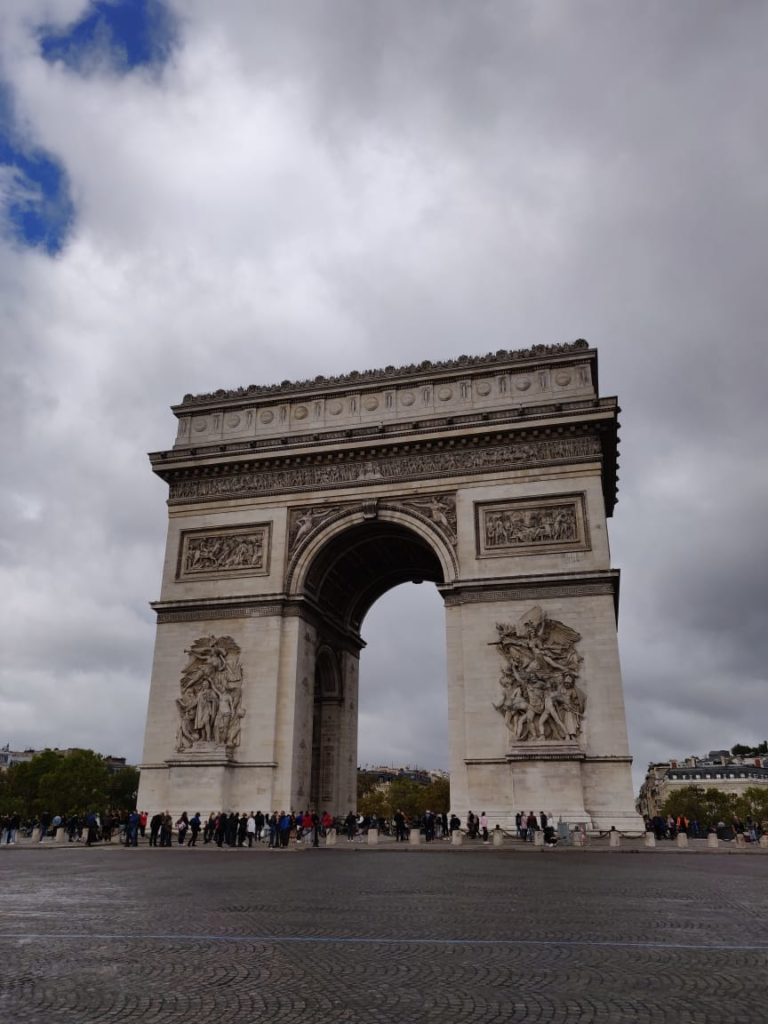
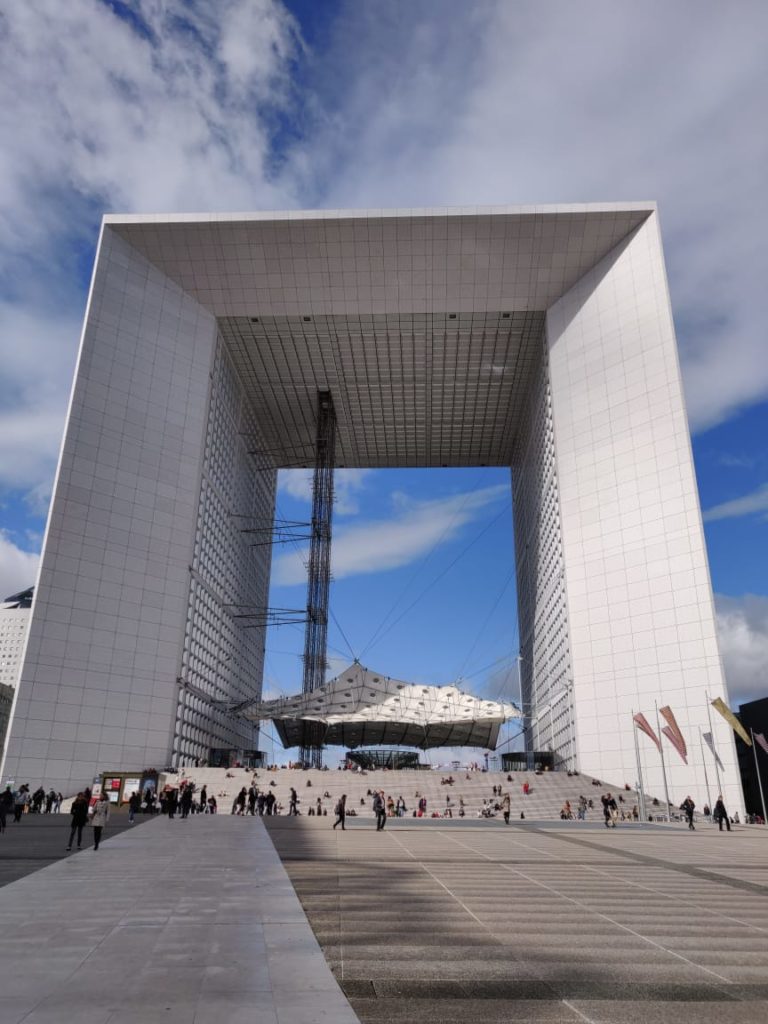
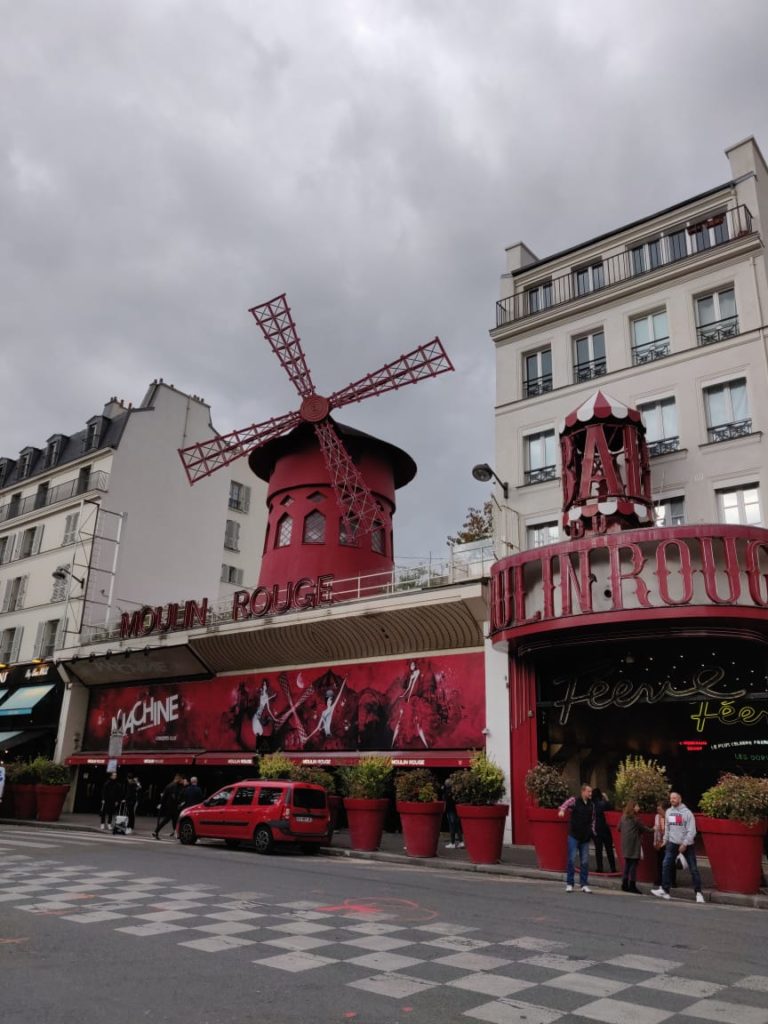
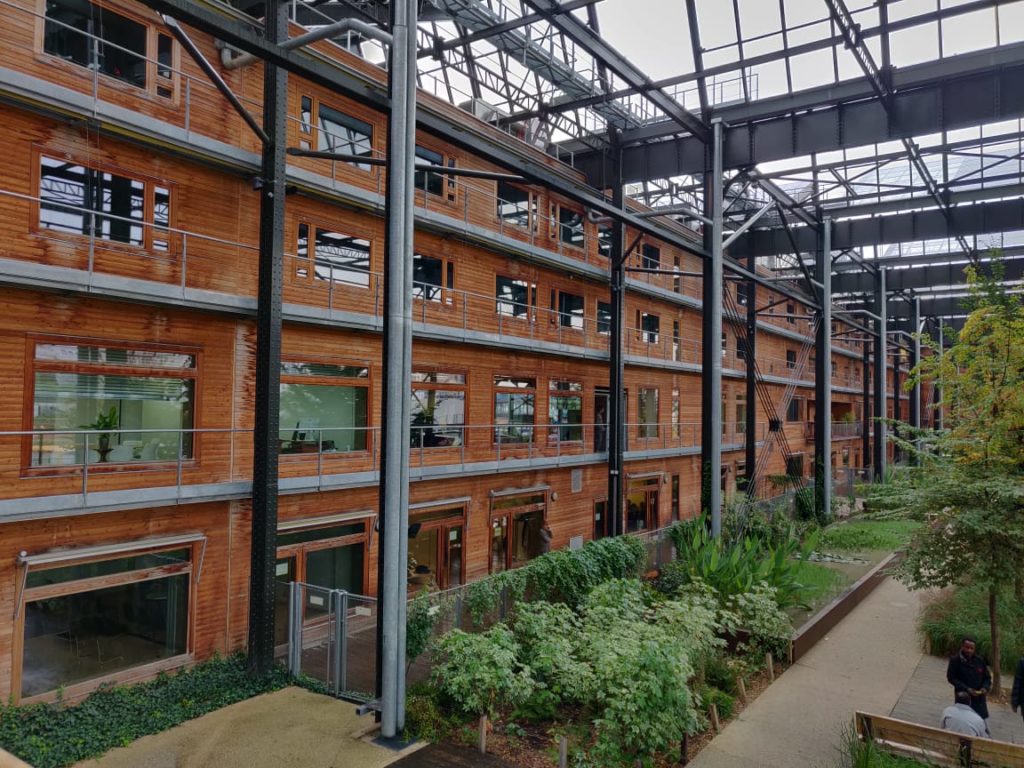
A city which has grown and changed over time, and which will continue to do so, with people inventing new ways to use it, to admire and celebrate it, Paris isn’t just all about the Eiffel. The city has a happening social and cultural scene with several concert halls, event spaces, exhibition halls and art galleries. With over 50 museums in the city, traditional, renaissance and modern art has a gigantic impetus. Paris boasts of a mix of nature; with the river Seine flowing through its center; and Architecture which can be absorbed with the old heritage structures as well as the modern buildings cropping up everywhere.
Another example of post modern architecture is the Centre Pompideu, a giant library by Renzo Piano in the heart of the city. The library is designed in the industrial style, with all the services of the building adorned on it’s facade to keep the interiors barrier and service free. In the same area also stands the 856 year old monument to Christianity, the Notre Dame de Paris, designed in Gothic Architecture, a true architectural marvel of the bygone era. The Louvre is another example of old meets new in the city. The Louvre, which was earlier a fortification for the city, was later used as a palace by then ruler of France, Charles V. This palace was later converted into one of the most prestigious, most beautiful and one of the largest museums of the World, which now displays the famous Mona Lisa. The Louvre Museum, which dates back to 1190, got it’s famous glass pyramid in 1989 by the famous architect I.M. Pei which further reinforces the adaptive reuse principle on which Paris stands.
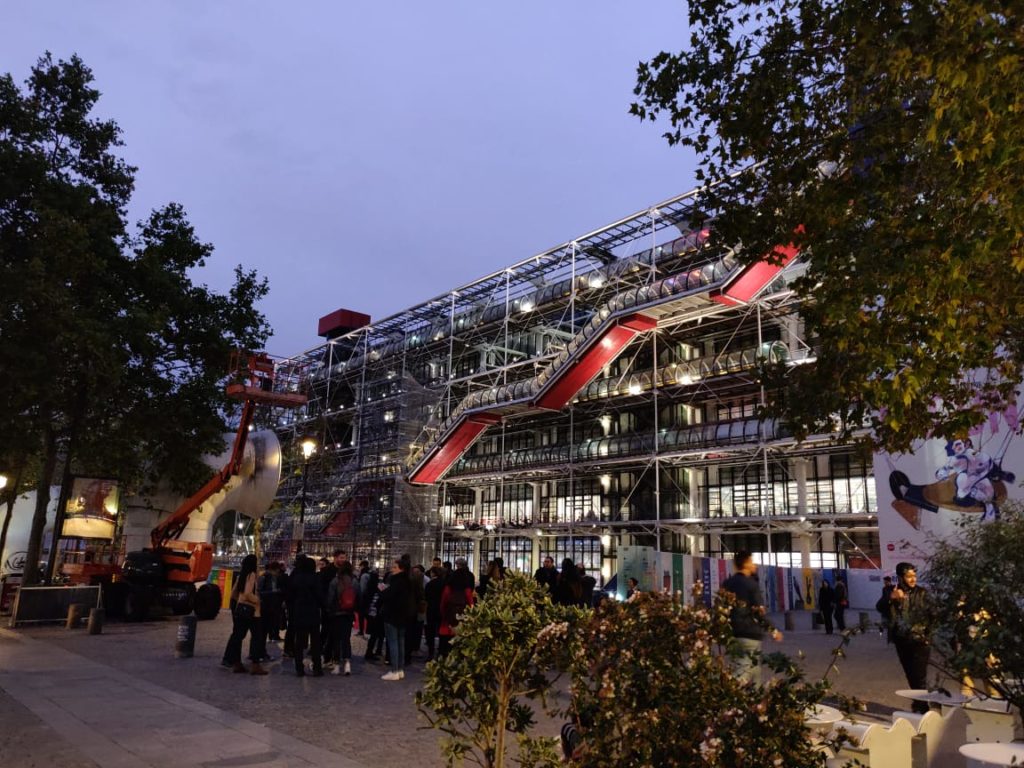
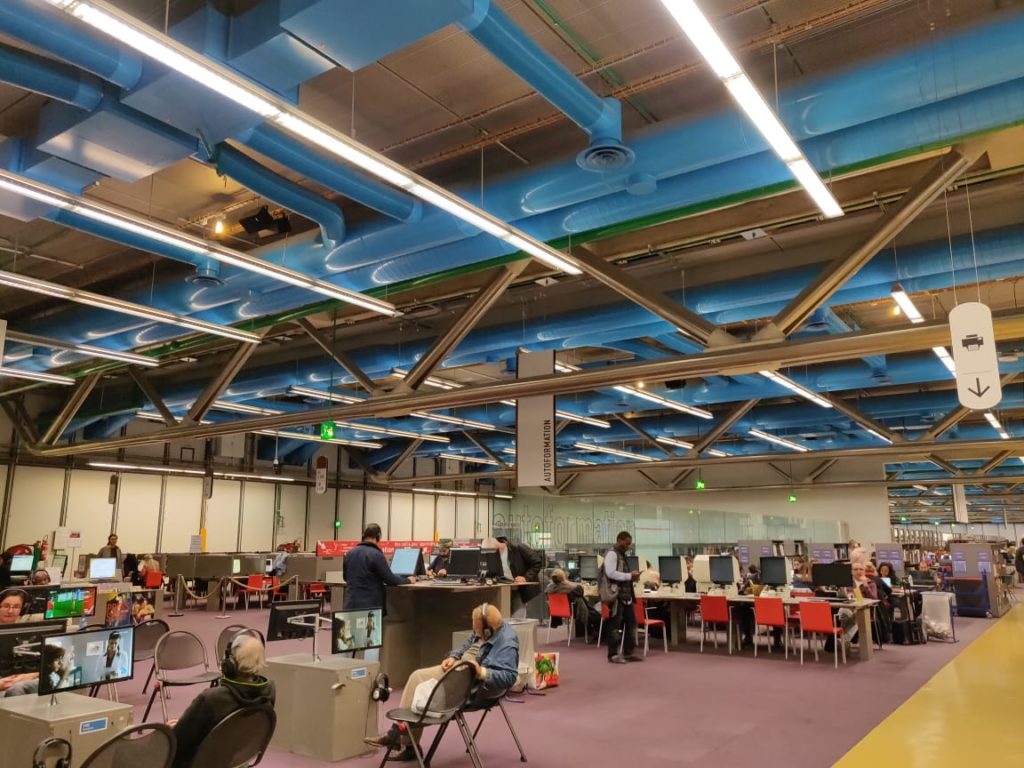
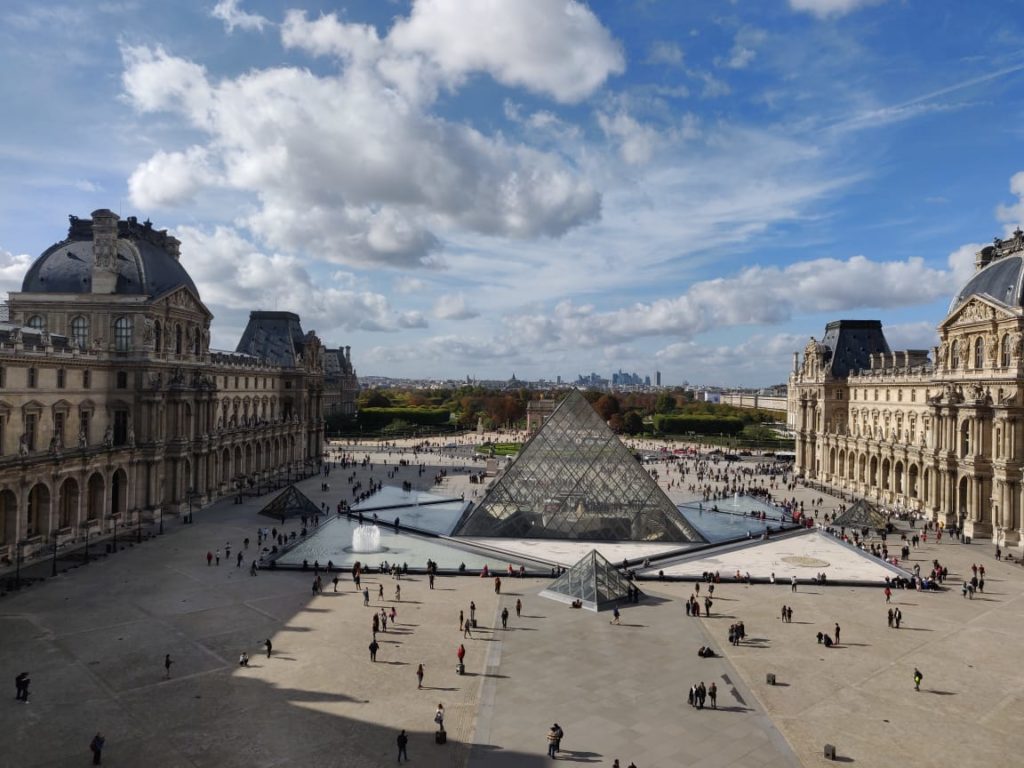
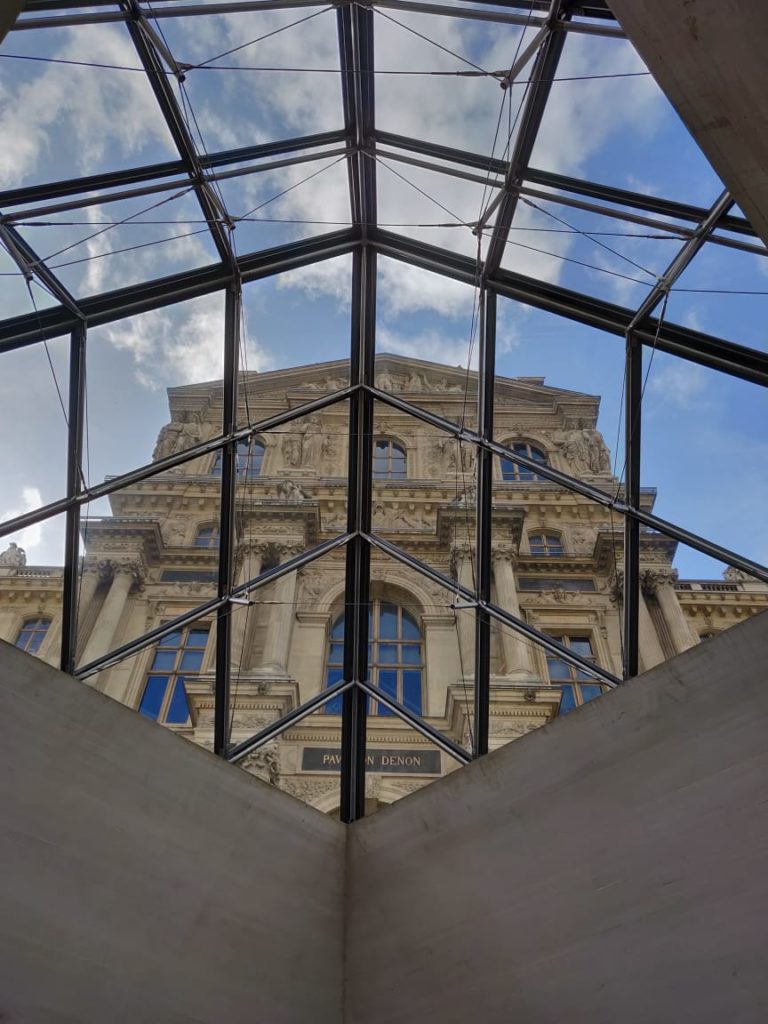
Even the Eiffel Tower, designed by Sir Gustave Eiffel, which was first an observatory and a laboratory for his scientific experiments, is now reused as a viewing deck and as a major tourist destination. Paris rewrites history, taking it in it;s own hands and changing it through sheer will and unity. It resurges and reuses itself, owing to which the city never gets old. It it reinvented every century, through fate or by choice. Overall the city stands true to the hype. A city etched in history with a pace so fast that its riding straight ahead into the future. The city of Love, the city of the World famous monument, the Eiffel, Paris doesn’t disappoint.
